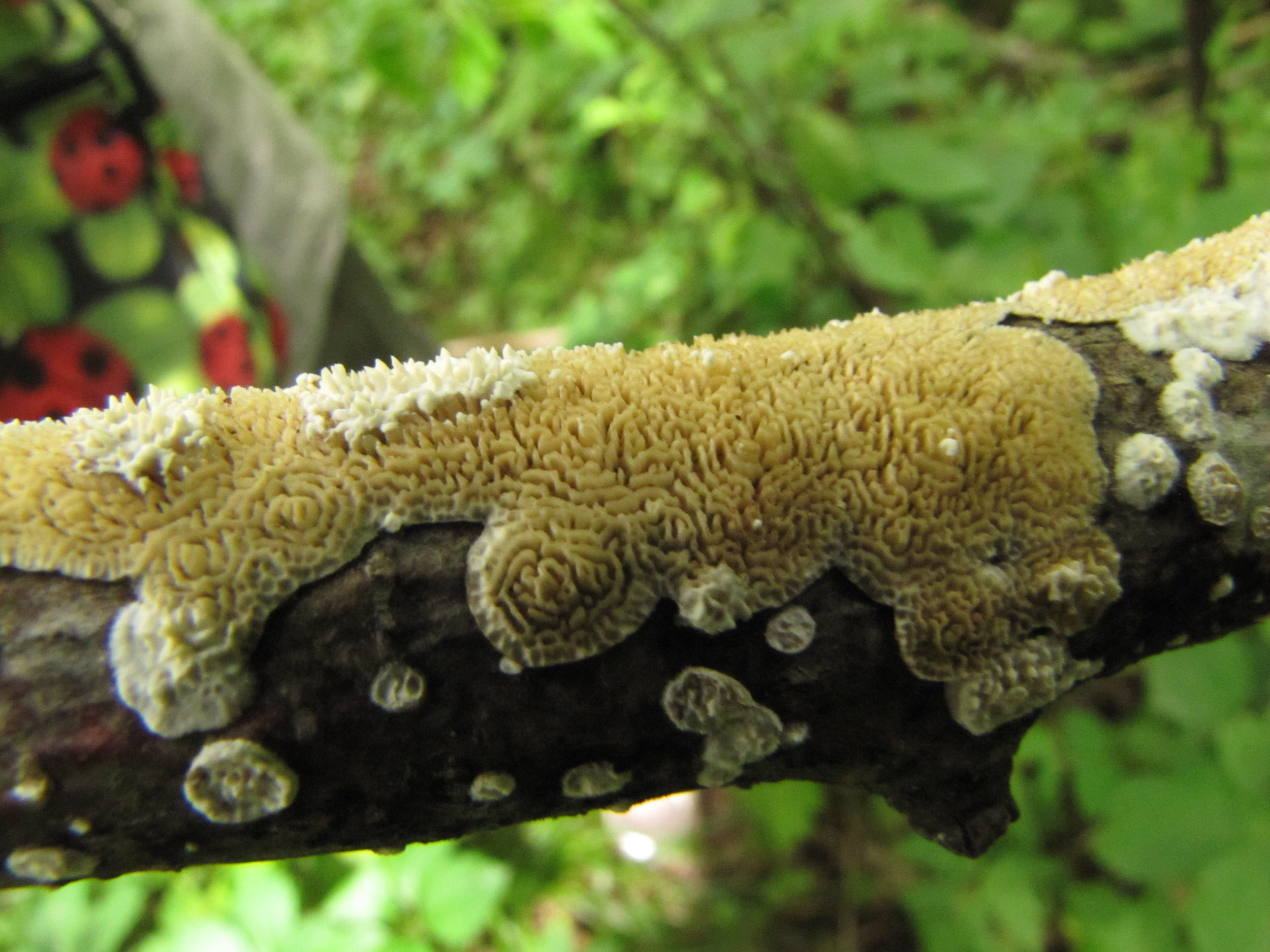When your day in August begins with mud boots and rain pants, because it is too cold out to just get wet, you know things are strange weatherwise. At least it wasn't raining, just really wet grass that was waist deep in places. So off to the deep woods I went.
The Joe Pye Weed is blooming, along with the white flowers of Common Boneset. While looking at those, and getting a photo or two, I found Mad Dog Skullcap at a second location! The newest plant I saw was a vine that was growing up and around the thick brush and grasses. Tiny purple flowers, almost lost in the foliage. American Hog Peanut! I don't know that I had ever heard of it before this year. I saw it in my books and wondered if I would find it. It is a strange name. And there it was! And in several more places. It seems like if I find a plant in one spot, then I suddenly notice it in other places. I suppose that it is because it comes up and blooms at the same time.
Jewelweed is abundant along the wet areas. Soon the little pods will be ripe and will if you touch them they will explode at your touch. Who can resist?
There are lots of fungi popping up out there. The constant rains have provided the perfect habitat for them. Tiny orange ones, frilly tan ones in the pine needles, ones growing on the branches on the trees.
Cabbage White Butterflies are flitting in the open areas, monarchs circle the milkweed. Clay colored Sparrows and Dickcissels fill the air with song and action.
We are in full summer mode. Heat and sunshine, rain and dew. But what is that I see? An Aster. A fall flower already in bloom, reminding us that this is summer business is fleeting. Enjoy it while you can!









